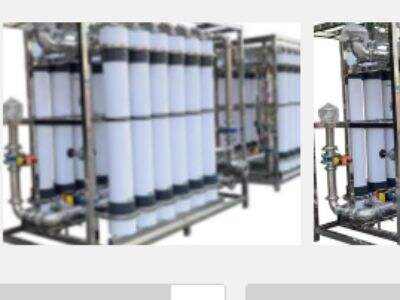We take your words and find the best way to express them
The membrane processes include nanofiltration and reverse osmosis. Filtering is when you take out dirt and other yucky stuff from the water. The primary difference between these two methods is the size of the particles that they are able to remove. Reverse osmosis is extremely effective at eliminating tiny particles as small as 0.0001 microns. That’s extremely small! Nanofiltration can only remove particles that are 0.001 microns or larger and so... nano is able to catch only the largest things.
How Do They Work?
Now, the next thing is to understand how nanofiltration and reverse osmosis are working. To accomplish this, we need to understand a little about each method. Reverse osmosis uses a special filter known as a membrane. It is a barrier that separates dirt from clean water, including heavy metals and the remaining dirt. Reverse osmosis is the process in which water is pressed through this membrane at high pressures. The inhibition allows the clean water to pass while leaving the dirt and impurities behind.

